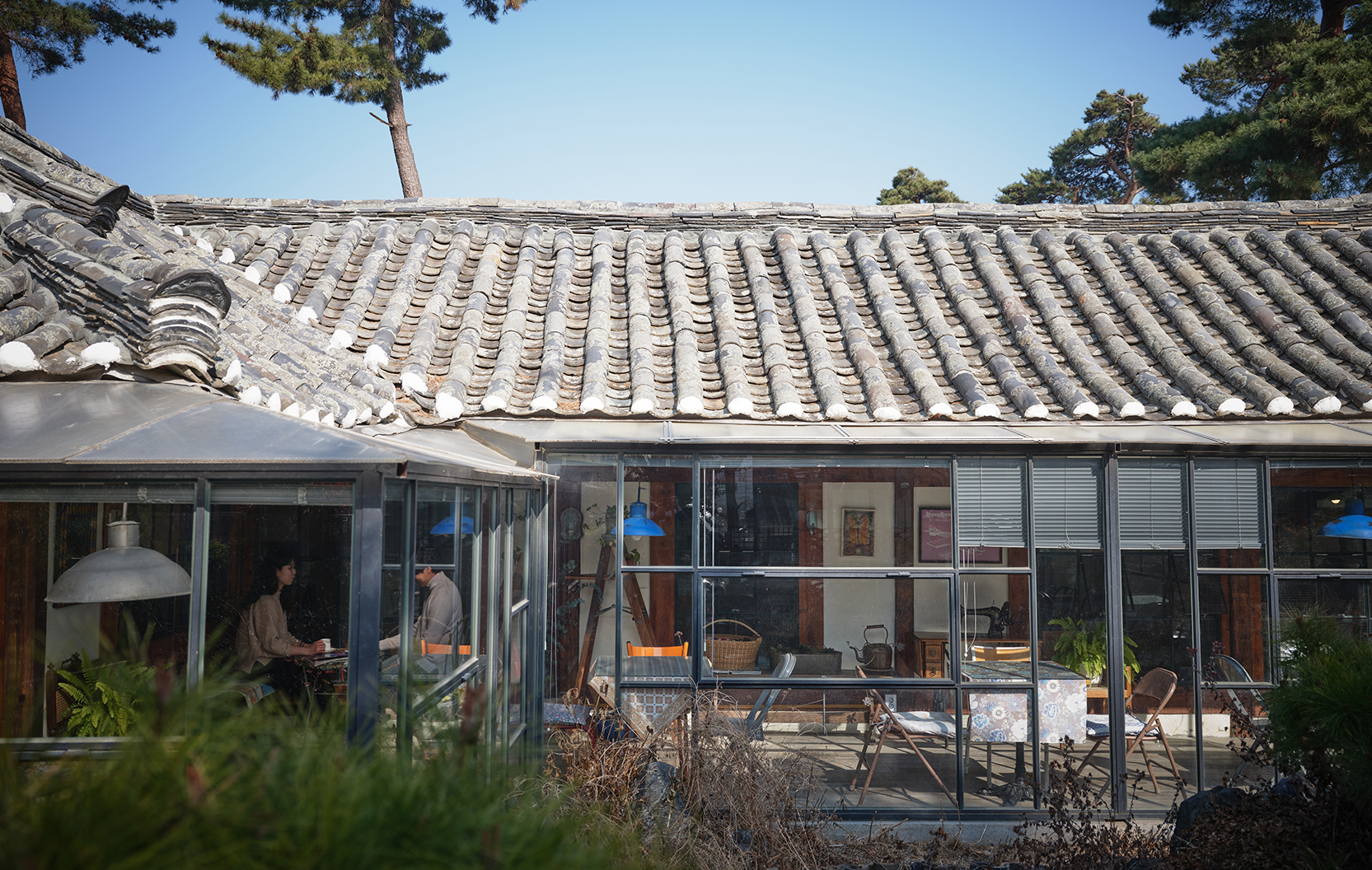March 2021

March 2021
Located in Yeongjin Beach in Gangneung, famed for being the site of a classic K-drama ‘Goblin’ (2020) is Bohemian Coffee Roasters, established and run by Park Ichu. Park, as the next section will corroborate, is one of Korea’s first-generation coffee makers.
![]()
Written by
Lee Jisung
Photographed by
Studio Kenn
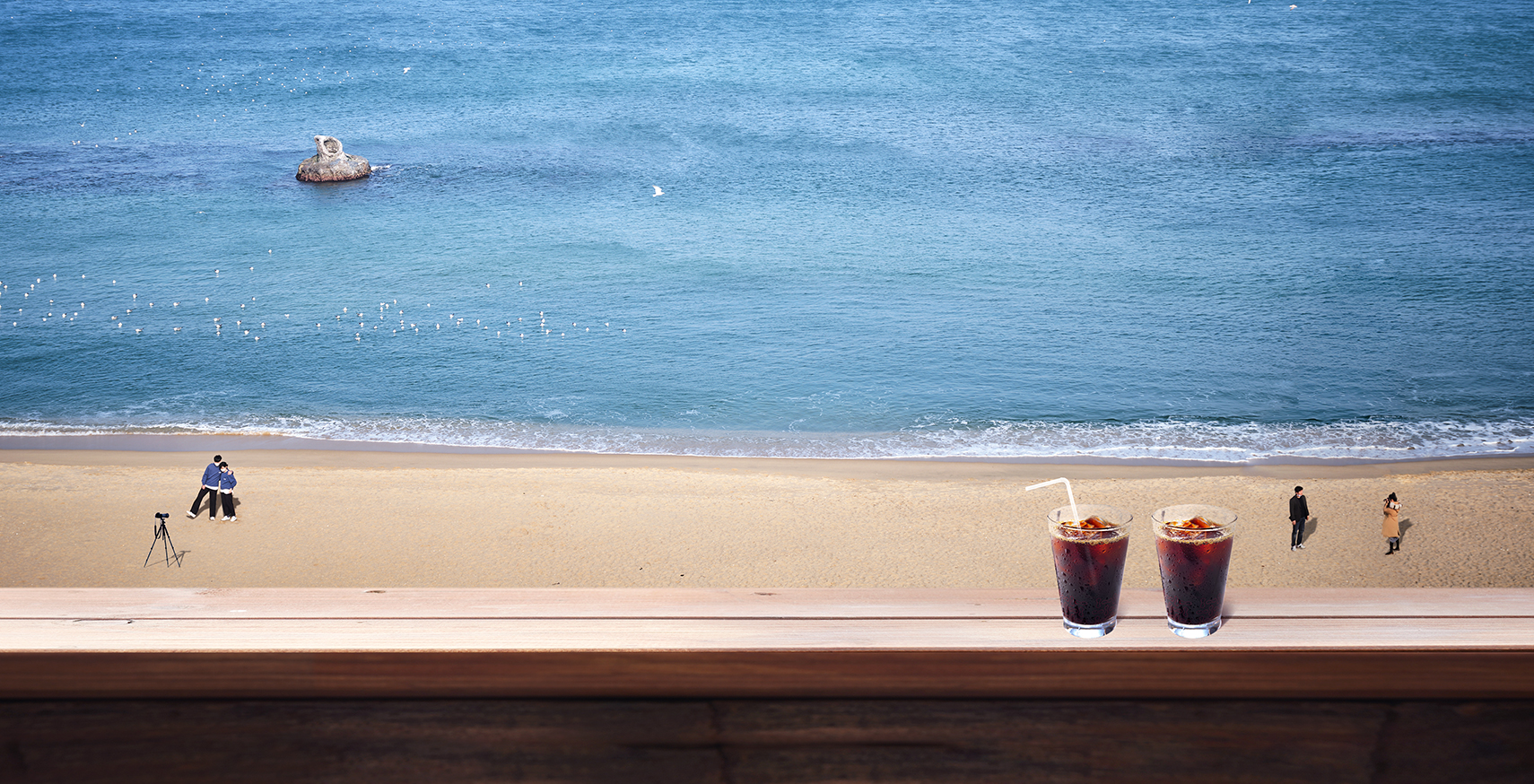
Terra Rosa has emerged as one of Korea’s most recognized coffee franchises. Unlike most other franchises, it is known for specialty and top-grade quality ─ and of course, its Gangneung origins. Though Terra Rosa cafes have now taken residency in certain, albeit limited parts of Seoul, the true brand experience of the coffee-making brand is offered only in its Gangneung locales.
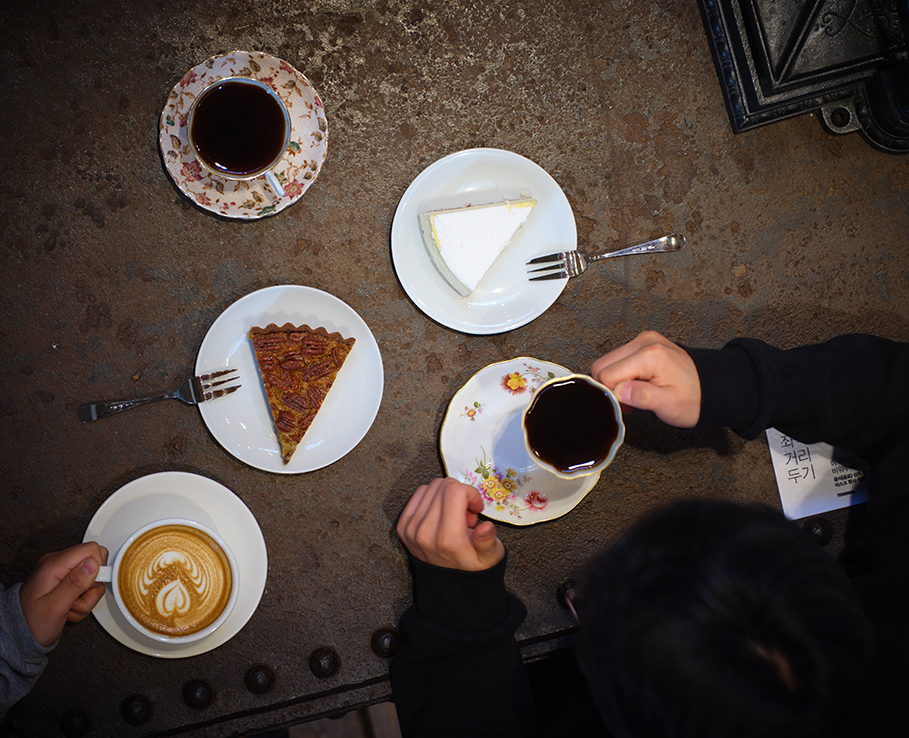
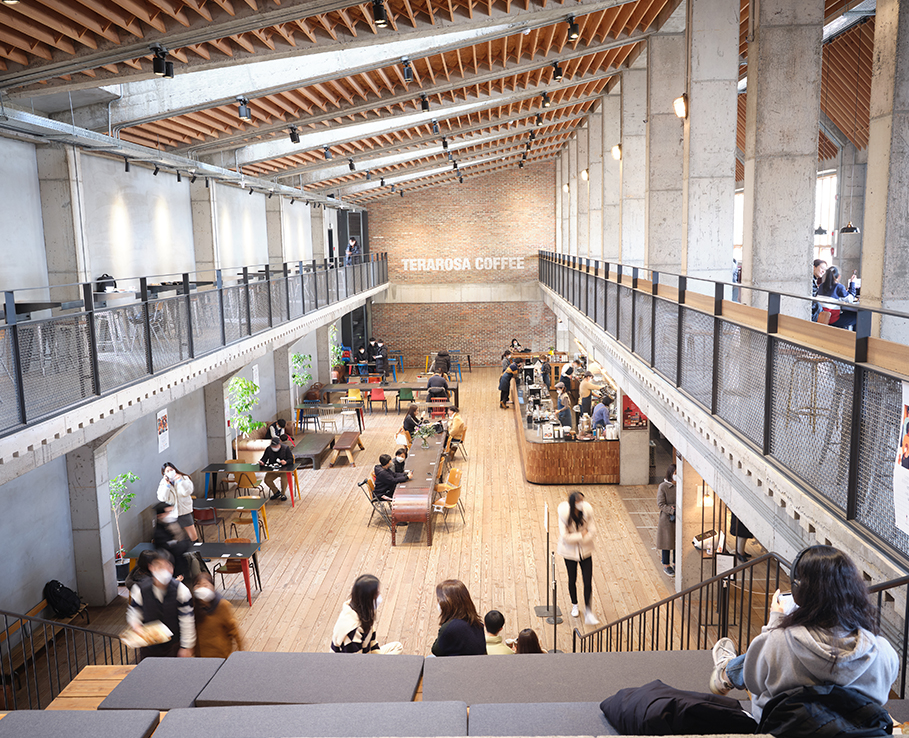
Gangneung is a hot spot for couples, especially youngsters traveling together for the first time or on their honeymoons. This is hardly surprising for those that have met the breezy coolness of the region’s fresh area, or the picturesque cafes ensconced in nature.
On Anmok Beach is Gangneung Coffee Street. Aligned with cafes and replete with the aroma of coffee, occasionally complemented by a touch of sweetness let on by Korea’s ever-expanding assortment of seasonal drink and coffee variations, it is hard not to bask in the moment to indulge your senses.
As such, public transportation options are multiple, especially those coming to and from Seoul (train, express bus, subway or metro, and you-name-it).
When brewed coffee was much more scarce in 1980s Korea, especially in contrast to its seemingly ubiquitous nationwide presence of late, coffee was more often accessed through vending machines. In fact some of them, either reconstructed in vintage fashion or kept in their original, antiquated forms, still align Gangneung's oceanside. Afterwards, the region’s reputation for coffee spread bit by bit, bolstered by the arrival of famous baristas. Bolstered by baristas who were of a type Korea hadn’t yet been home to, the otherwise tranquil region northward from Seoul (Gangwon-do Province) started blossoming into a lively coffeemaking scene ─ where of course, tasting, enjoying and competing consequently arose as the mainstay leisure afforded by the locale.
It also helped that the government from 2009 began hosting the Gangneung Coffee Festival, which considerably expanded the scope of visitors and tourists. From being a prime spot recognized amongst Koreans, Gangneung went on to welcome a much broader range of visitor demographics and nationalities. It is perhaps not so much of an overstatement to call either the city of its signature festival a contributing factor to the rise of coffee culture in mainstream consciousness and enjoyment. To this day, the said festival remains a grand-scale occasion attracting more than 400K people.
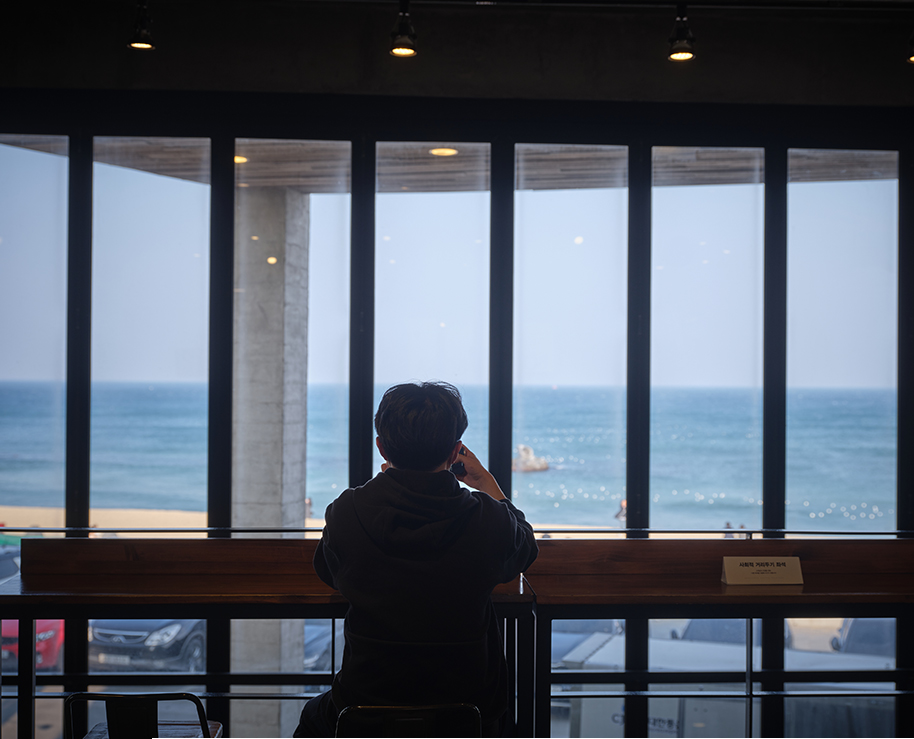
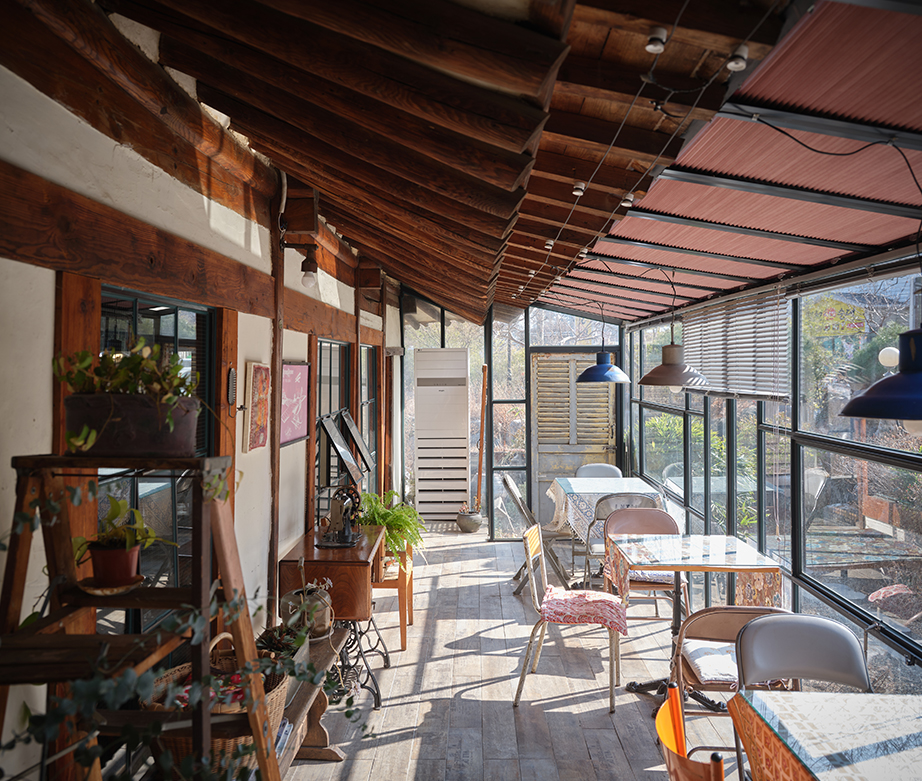
Indeed, it is quite a feat to harbor not only such renowned brands plus the nation’s first coffee-focused museum, but also such a flourishing industry for a suburb populated by less than 250K people.
Literati circles gathered around coffee shops,
not unlike how European salons catered to
its local intelligentista.
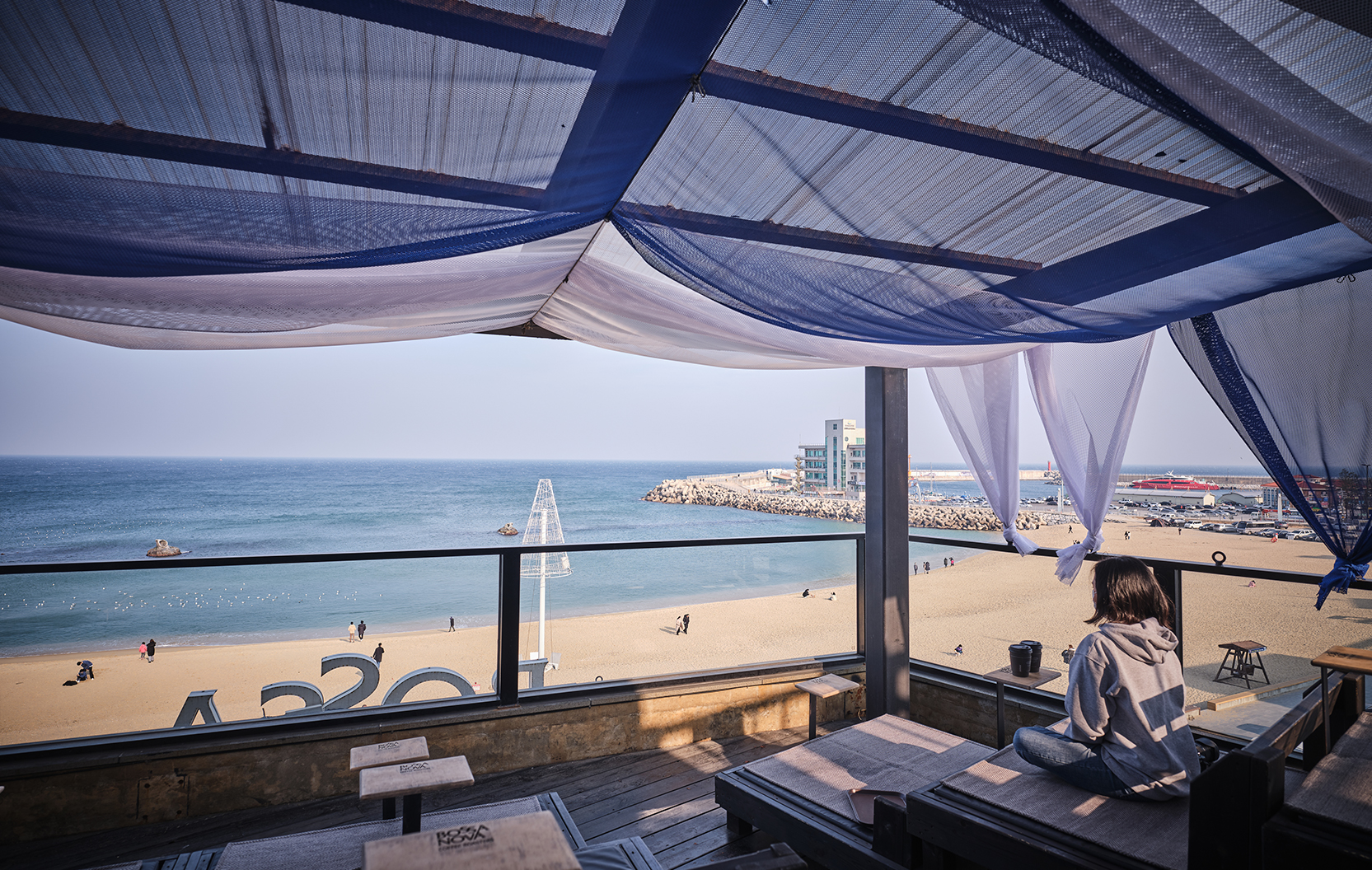
It may seem, for the above developments as of late, that coffee is a contemporary boon for Gangneung. Contrarily, its coffee ─ more precisely, drinks for savoring purposes as to include tea ─ tradition stems further back.
Pyeongchang and Gangneung regions have long been famed for clean and pure water, which has been the primary contributor to the development of Gangneung’s tea culture. Gangneung coffee has gotten a boost for the same reason.
Once coffee culture seeped into the mainstream Korean populace, literari circles ─ usually comprised of artists, scholars and of course art scholars, were the first to engage, at least on a visible level, with one another through meetings around coffee. Such circles, deemed to have characteristics comparative or akin to the characteristics of ancient seonbi ─ with most being men at the time ─ frequented cafes as their main hangout spots in the 1930s. In a star-aligned coincidence, Gangneung is also known to be where particularly many literati originated.
Coffee was considered a breed of tea, as its ancient name ─ as per the Joseon colloquial Gabaecha suggests. In that sense, it is hardly surprising how coffee has risen to become an icon of Gangneung, which has a solid history of tea culture.
